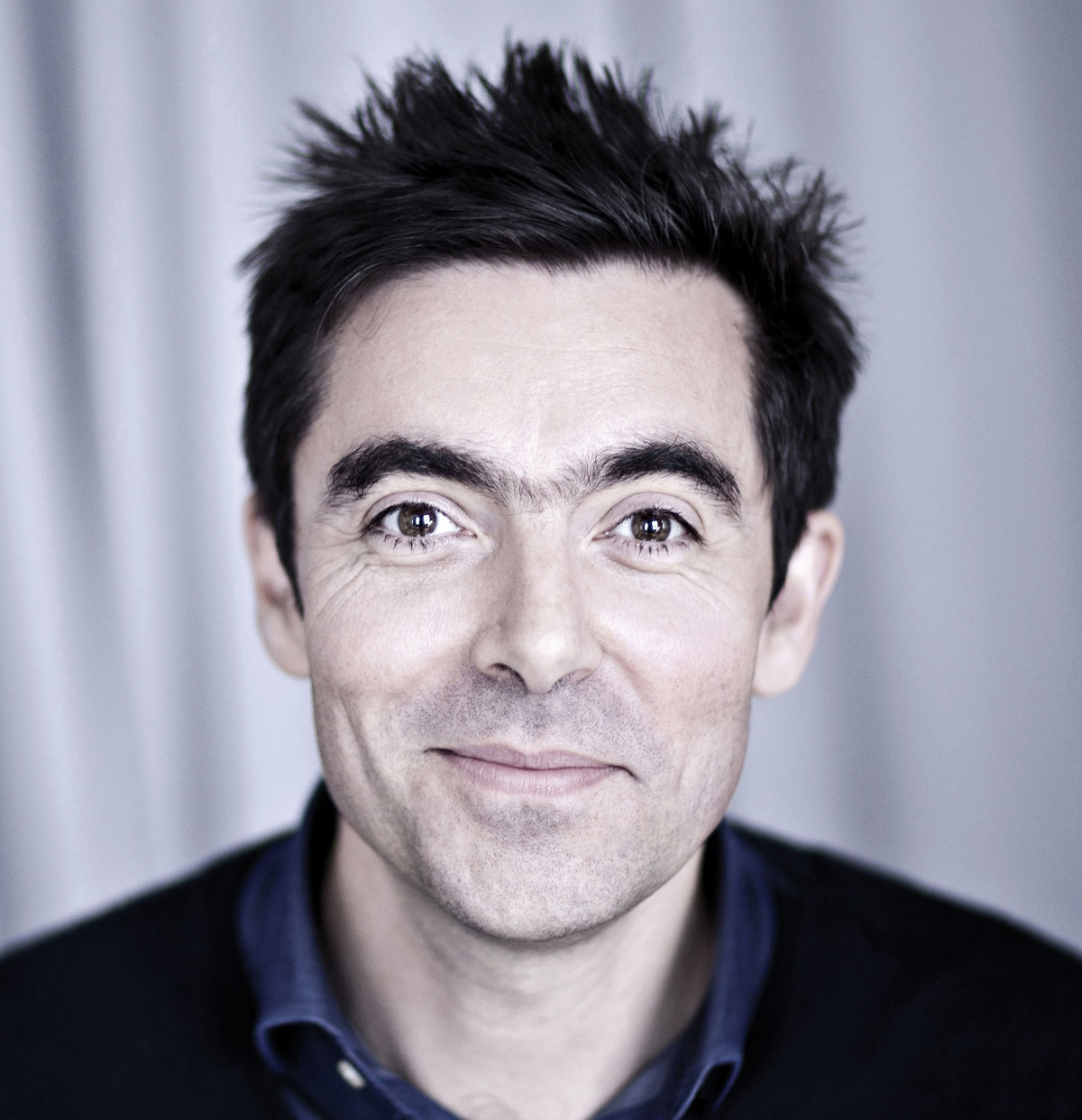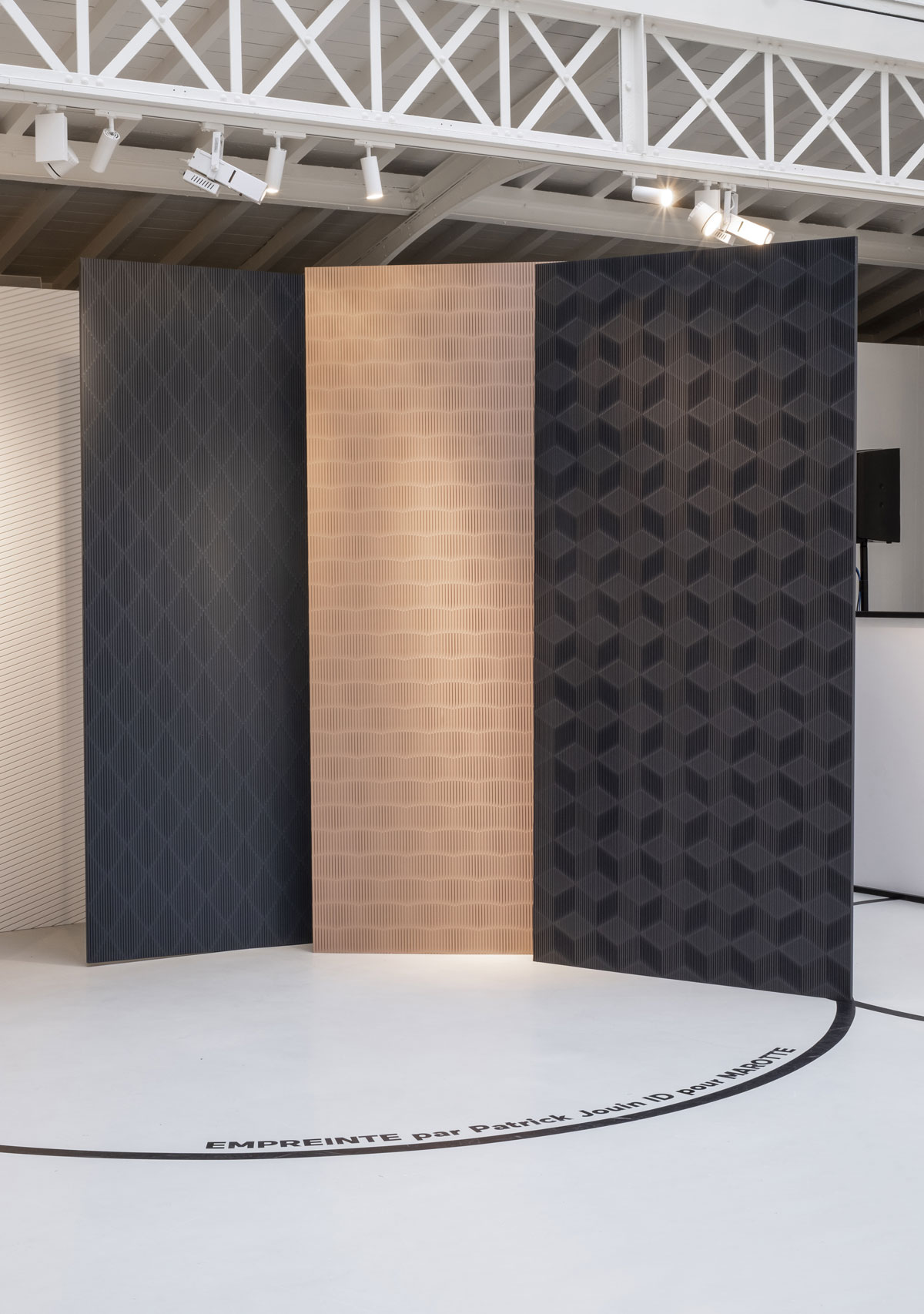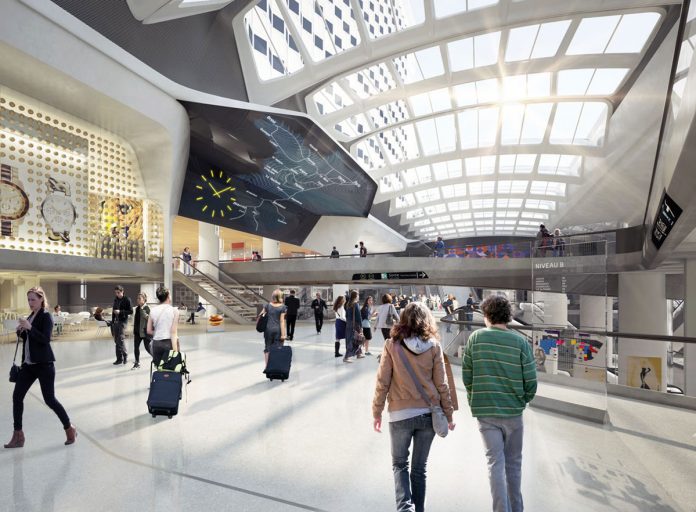From the plate to the train station, the passage seems long and adventurous.
I studied at ENSCi Les Atelier in Paris as a product designer, but the project for my thesis was a railway station, because I wanted to work on the concept of waiting, on the behaviour of people when they wait. I was already interested in the relationship between people and things in space. For me, there are no limits in the practice of designing, there are different skills but the starting point is always the person, and the main purpose is to provide solutions that are valid for everyone, what counts are emotions. And moving from one scale to another, I use interior design as a tool to create emotions. I knew I wanted to create architecture, I started from scratch designing an atelier for my father, then I was lucky enough to meet Alain Ducasse, a real meteorite in my life, who asked me to first design a plate, then the boulangerie, and then the restaurants.

The other important encounter was with Sanjit Manku several years later.
He’s been another meteorite. Sometimes they come close and you have to use a bit of gravity to attract them and change their course. Sanjit was looking for a place to stay in Paris, I was looking for an architect. He showed me his drawings and since then we have been working together in a studio that now numbers 50 people among architects, interior and product designers. We design an entire project, it’s our way of controlling the whole, the space and the objects in space, and eliciting certain emotions in people. We are very similar in our way of thinking, we are always looking for new solutions, we always want to overcome the limits and maybe we have a bit of an ego problem, a touch of madness, wanting to control everything as if it were a musical score, but this is how we have always worked.

How do you ‘plan’ the emotional dimension that is evident in your projects?
For example, we start from pure functionality, be it a restaurant or a train station, we take into consideration different aspects at the same time, how people move, because basically, we are animals in space, we think about how we can guide them in space. But we try to overcome the constraints of space linked to the necessary functions by imagining ‘filling’ a photograph with the movement of bodies and light, memory, atmospheres; it is very similar to the creative process of an artistic installation or a film. This emotional level helps us to use the energy of places, of people, of invention. Above all, the antique places in which we often work are full of energy, which we receive and respect, but which we try to take advantage of in order to improve the spaces.
Does even the work for a luxury brand like Van Cleef & Arpels manage to capture the spirit of the place, while respecting the DNA of such a high-calibre brand?
In the ‘maisons’ created in Paris, New York, Hong Kong, Tokyo and Miami we tried to enhance the brand each time by proposing diversity and searching for inspiration of the genius loci. If the lines and forms of the furnishings are recognisable, it is the materials, processing or production techniques used that are changed. We have sought, in this way, to create a connection between the values of the brand, whose creations are influenced by the cultures throughout the world.

For the two design studios, Patrick JouinID and Jouin Manku, the mission is the same. What has remained the same and what has changed over the years?
The initial mission was very ‘childlike’, the intention was to improve the world. Now we have become professionals with much more experience, the design work has become much more complex, and the challenge is to become increasingly efficient while still maintaining the initial ‘childlike’ approach and the same passion. And in fact, we are never fully satisfied with what we have created, we continually try to do better and, for this purpose, it is useful that we are two people, so we can criticise one another and therefore improve, moving from one ‘obsession’ to the next, from one limit to the next. In the world of design, there is a lot of competition and more in general, the world is constantly changing, we have to adapt to change with ideas that are always new.

What are the most evident changes you have seen in recent years?
In addition to finding a pervasive aestheticising of the world, in which we are all obsessed with the idea of beauty, I also think that modernism is definitively in the past; the ornament is back with a vengeance, and designers now have to work as if they are DJs, to create a mix of shapes, colours, materials, nuances, as in a cadavre exquis, a surrealist collage. But the most radical change inherent in the very nature of designing is sustainability. At the beginning it was a limit or an obstacle to creativity, but today it has become a source of innovation and invention, as well as an objective of fundamental importance.

What is the new obsession you are currently working on?
The techniques of handcrafted production and the processing of materials has always been my true source of obsession, even if recently we have been working on the theme of care. And, finally, I’m creating a railway station, the Gare de Montparnasse in Paris.







